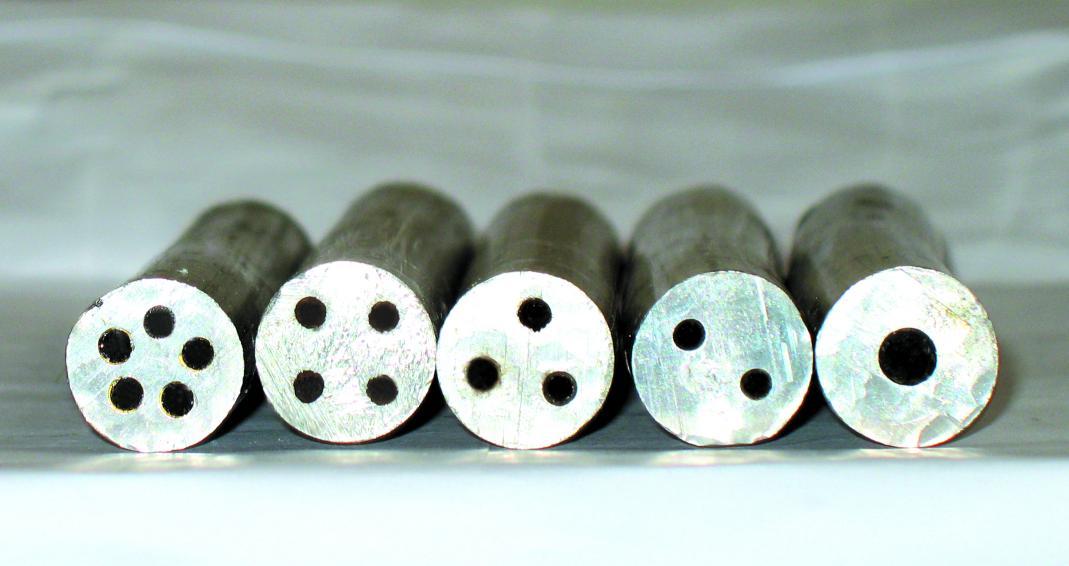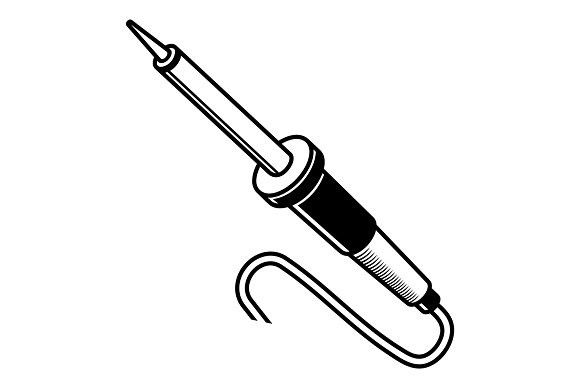I’ve posted a few videos now of myself soldering header strips and some SMDs with my good quality soldering tools and with an inexpensive soldering iron that I bought at Walmart. I sent a link to the friends, the hardware designed and programmer, who I often work with. One designs the boards, the other programs them. I do some of their fine soldering work for them.
They were amused by the Walmart soldering iron videos and remarked that they were surprised that soldering QFPs was even possible with that iron.
That got us to talking and me to thinking. What is the difference between the tools and materials and the technique used by someone who makes it look easy and the tools and materials and the technique used by beginners who struggle?
I would like to propose that the biggest issue that beginners have is flux management.
Electronic solder isn’t a solid metal wire. The solder we use for electronics most often includes flux. The flux is included in one or more cores inside the solder wire.

Multicore solder, which I use, even has these cores in their logo.

Here is the Multicore solder I have sitting on my desk.

I believe that many of the problems beginners run into involve not understanding the role of flux or how short lived it is. If you apply solder to your soldering iron the flux is gone in a second or two. The solder will them oxidize and refuse to stick to anything. Effective soldering, soldering that looks easy, involves getting the heat into the parts, applying the right amount of solder quickly and smoothly, then removing the heat before the flux has burned off. This is my going back and touching up your joints causes so many problems. The solder is dry (no flux) and oxidized and doesn’t cooperate.
If you’ve watched my SOIC-8 or QFP-32 soldering videos you will see that I apply liquid flux. This is because I apply the solder to my soldering iron then drag solder the pins. The flux has all burned off of the solder and it will not stick to the pins without the liquid flux. I also used liquid flux in the Fixing Bad Solder video.
So…I believe that a good understanding of the role and short lifespan of solder will help beginners to make better solder joints.
Good tools do not make a master, they simply make a master’s job easier.
flux
Adding more flux than I thought necessary changed everything. Another thing that changed everything is the Pinecil. I can’t fathom how a $25 soldering iron has had me seeing so much more success than a $120 one. Seriously OP, check it out.
I read an article about this project more than a year ago. It’s a very cool small iron, for sure. Perhaps I should buy one and give it a test drive. Have you run it connected to a LiPo power bank? How did that work out?
Only a GaN charger. I have seen it do good things with a powerbank on YouTube while I was finding reviews.
I have watched a few of your other videos, but this one “just clicks” with my brain the most. Thank you for explaining to me what I was doing wrong!
Do you have any concerns about the amount of smoke that comes from soldering? Do you have a ventilation system that’s out of frame? I don’t solder often, so I rigged myself a maneuverable 80mm fan and taped some activated charcoal filter onto it. I’m not sure if it actually helps, but I feel better having it on.


